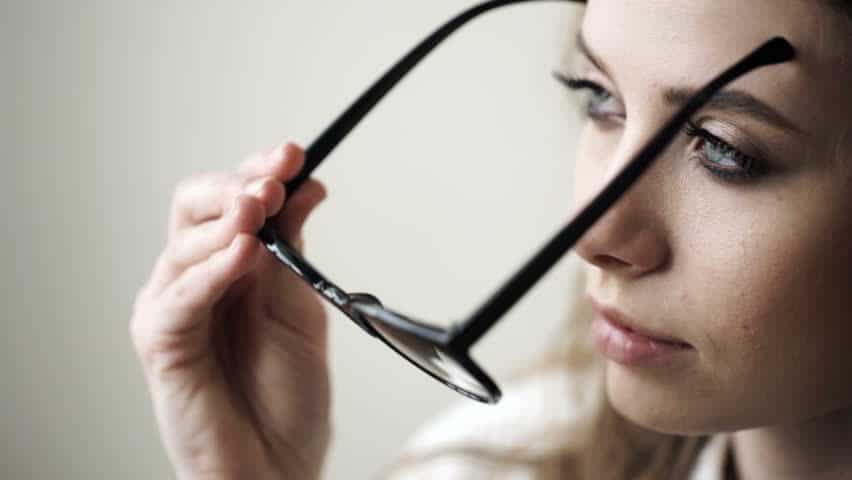Posted by: Albany Cornea | Center For Eye Care Excellence in Uncategorized

Over the years, our patients have shared some pretty interesting ideas about what helps and hurts eyes. We’ve heard all kind of things ranging from funny, to insightful, to concerning. Because May is Healthy Vision month, we’re devoting an entire blog separating fact and fiction.
For healthy vision, people should eat plenty of carrots.
Yes and no. Carrots do have Vitamin A, a nutrient associated with healthy vision, but it is also available in milk, cheese, egg yolks, and liver. Spinach is actually one of your best bets for healthy vision because of its lutein and zeaxanthin, two substances that may help prevent cataracts and age-related macular degeneration. For most people, an overall balanced diet consisting of plenty of vegetables and fruits provides sufficient vitamins and minerals for good eye health.
Every time you look at a screen, it damages your eyes.
Generally speaking, studies have shown that screens themselves are not causing direct damage when we look at them. What most of us are experiencing however are the dry eyes and fatigue that can result from looking at screens for extensive periods of time without a break. To reduce any discomfort from those conditions, we recommend the 20-20-20 rule: every 20 minutes, look 20 feet away for 20 seconds.
Sitting too close to the T.V. damages children’s vision.
We adults may cringe with discomfort when we see kids sitting close to the T.V., but it’s okay. Kids are generally able to focus more easily to close objects, an ability adults lose with age. Not to worry—sitting close to the screen will not hurt their vision.
Most vision problems are genetic and can’t be prevented.
It is estimated that half of all visual impairment and blindness can be prevented through early diagnosis and timely treatment. So, be sure to keep up with your annual exams and remind your friends and family to do the same. Most children should have an eye exam every two years until they’re 18 and then every 1-2 years after that. Remember that eye injury prevention is important too – wear your safety glasses every single time you’re using tools!
Reading in dim light can hurt your eyes.
Similar to staring at screens for extensive amounts of time, reading in dim light only fatigues eyes rather than damaging them. (No need to nag the kids to turn on more lights—they can probably see just fine without them.)
Learning disabilities are caused by eye problems.
This is definitely false. There is no strong evidence that vision problems cause learning problems; however, an eye exam may be a helpful tool for detecting and correcting an existing issue and may reduce some related frustration and discomfort.
Failing to wear glasses can cause further eye damage.
For most of us, this is not true. If you have been prescribed glasses, it just means you’re forcing your eyes to work harder than they need to when you’re not wearing them. (The only exception to this is children who are wearing glasses to correct or improve certain conditions.) Additionally, wearing glasses regularly does not create any kind of eye weakness or dependence on glasses. Glasses are an appliance, like an air conditioner. You don’t want to run the air conditioner? Sweat, if you prefer. The next time it’s hot, you’ll sweat just as much.
Sometimes eyesight can be restored in old age, a phenomenon sometimes referred to as ‘second sight.’
Some people, later in life, may notice that they don’t need their reading glasses anymore and can read just fine again without them. Unfortunately, they are likely developing nearsightedness, commonly associated with early cataracts. If this occurs for you or a loved one, be sure to schedule an eye exam as soon as possible.
We hope this has been helpful and interesting. Feel free to do your own debunking by sharing this information with your friends and family. And, of course, we’d love to hear any other old wives’ tales we may have missed. Let’s chat about them at your next exam!

